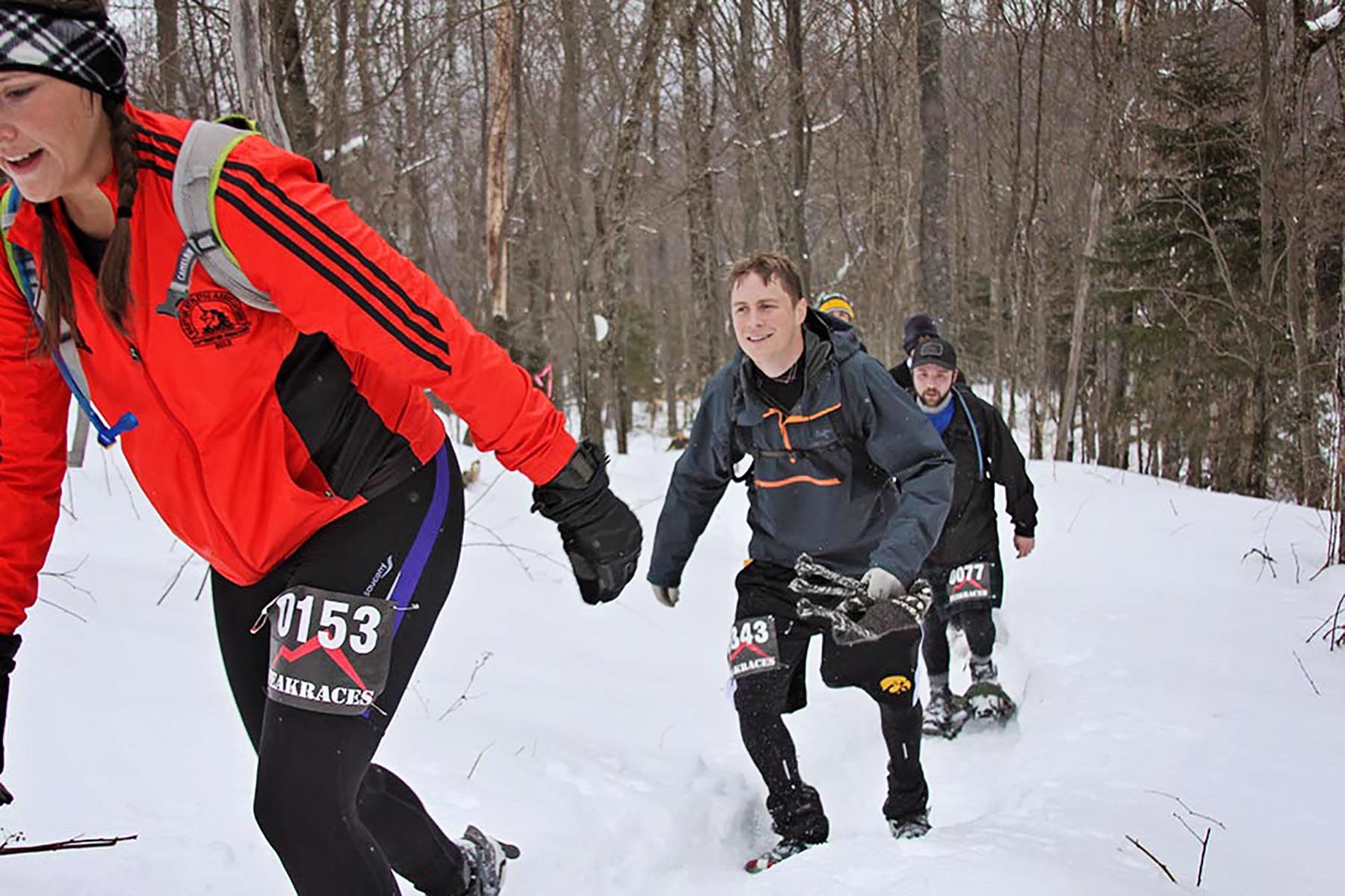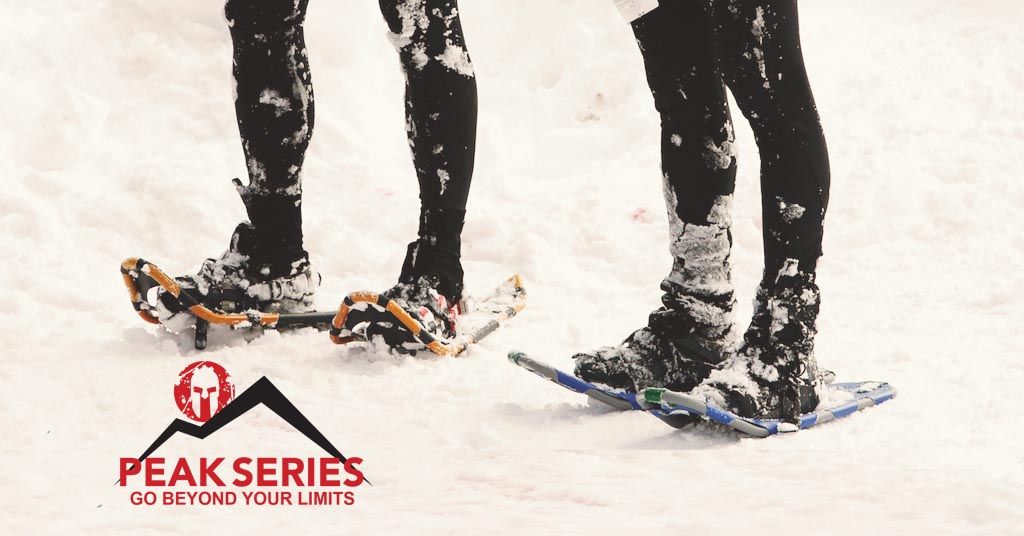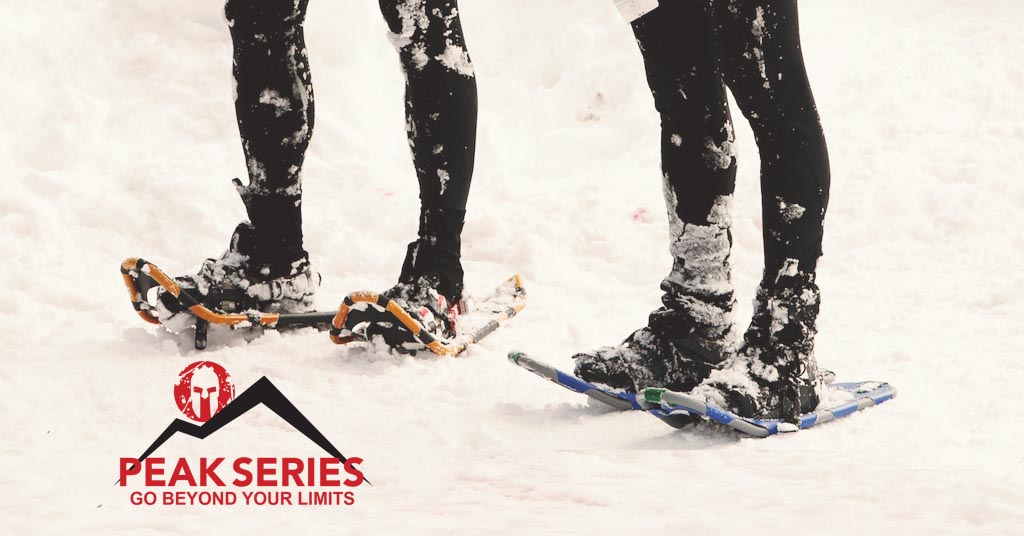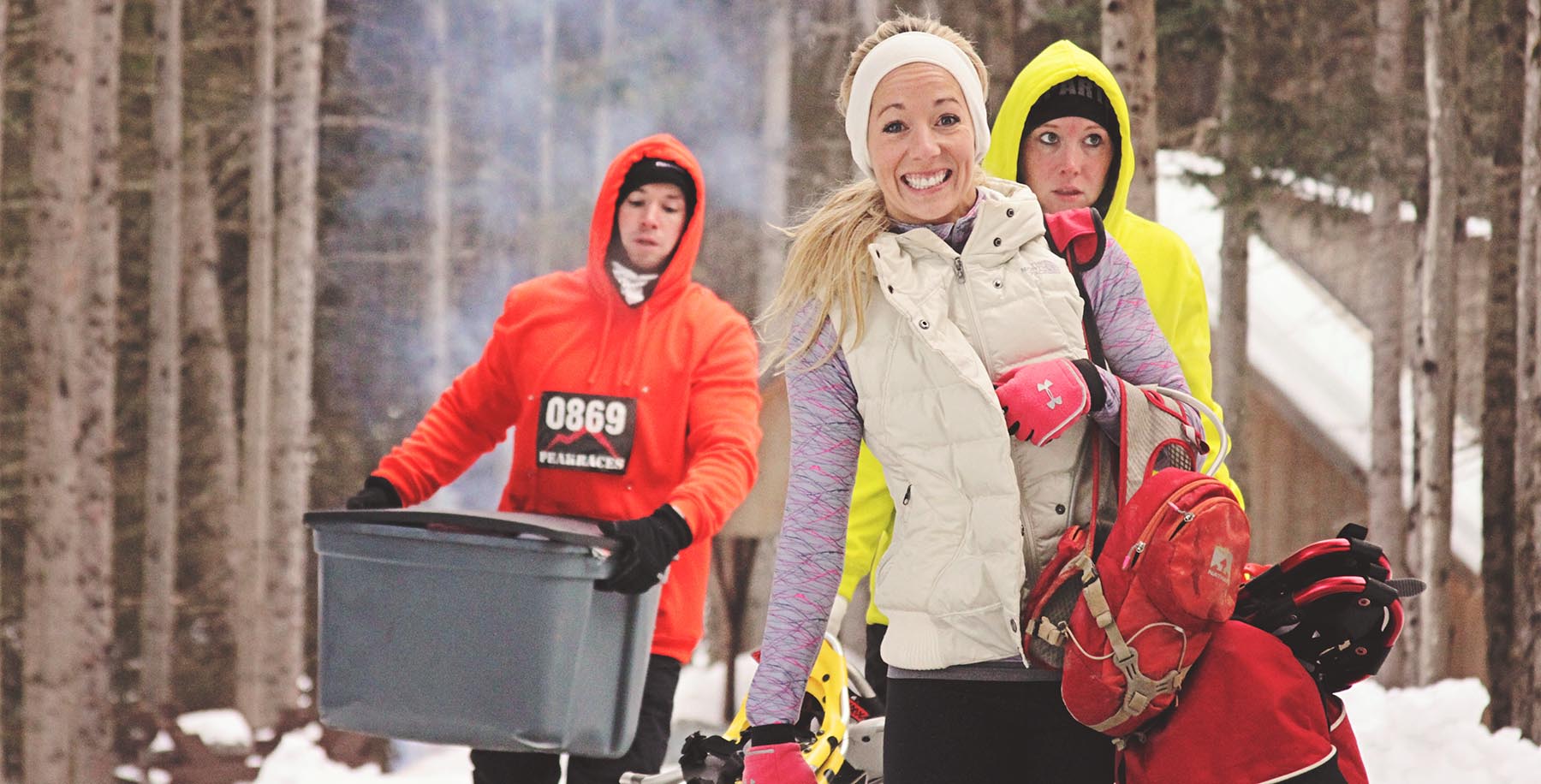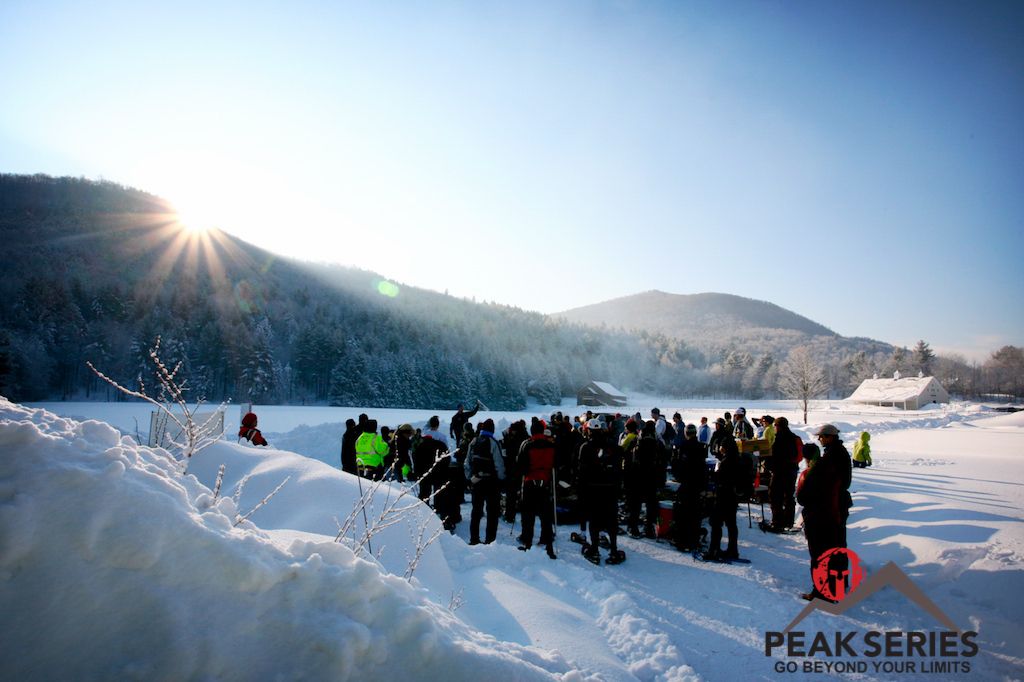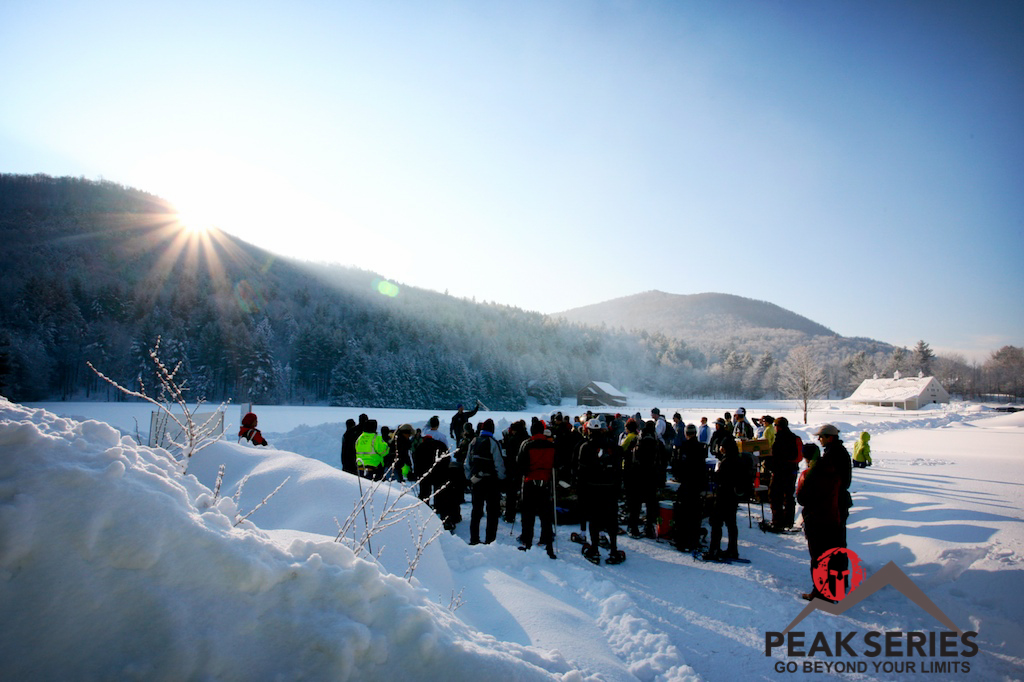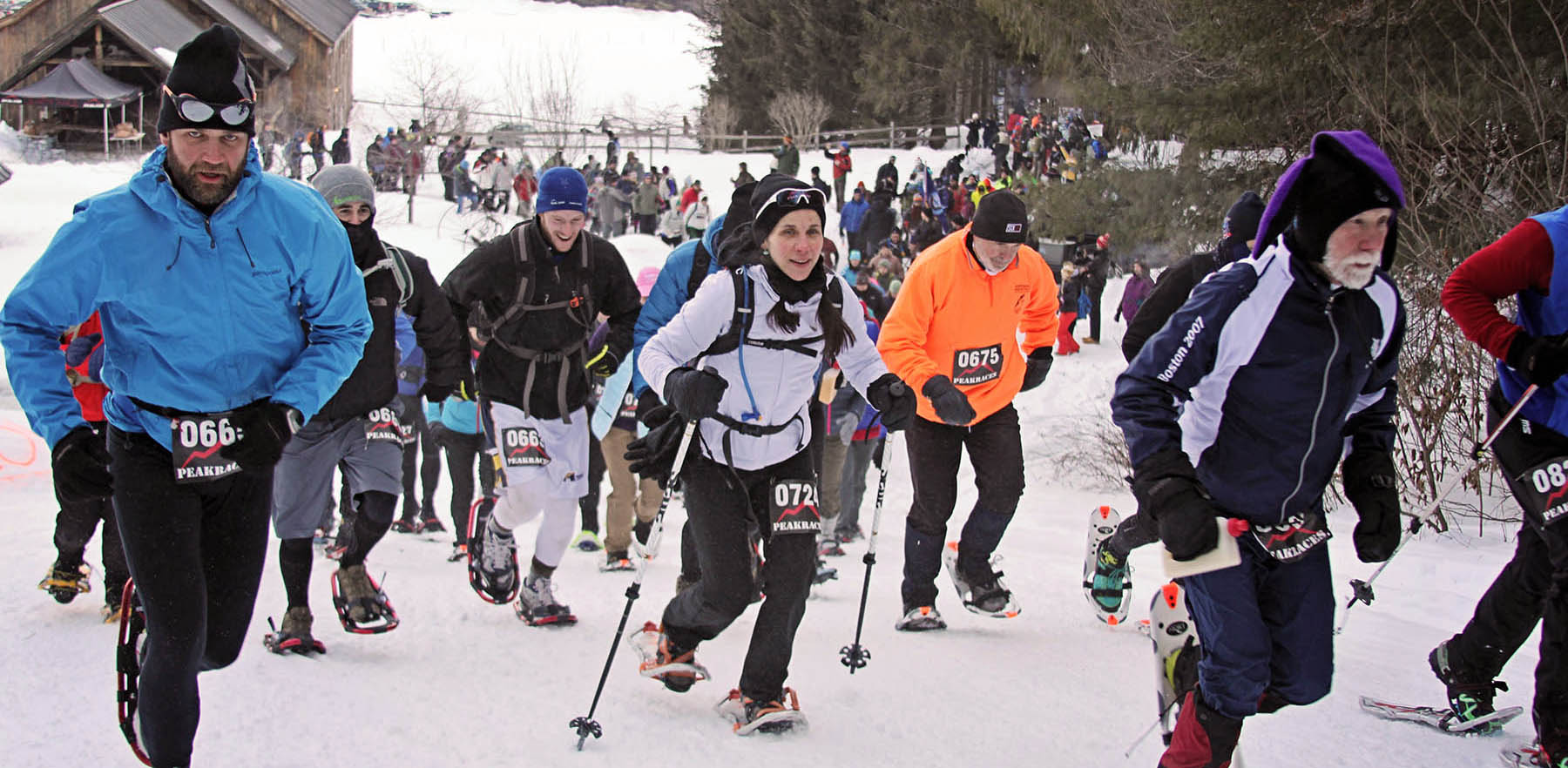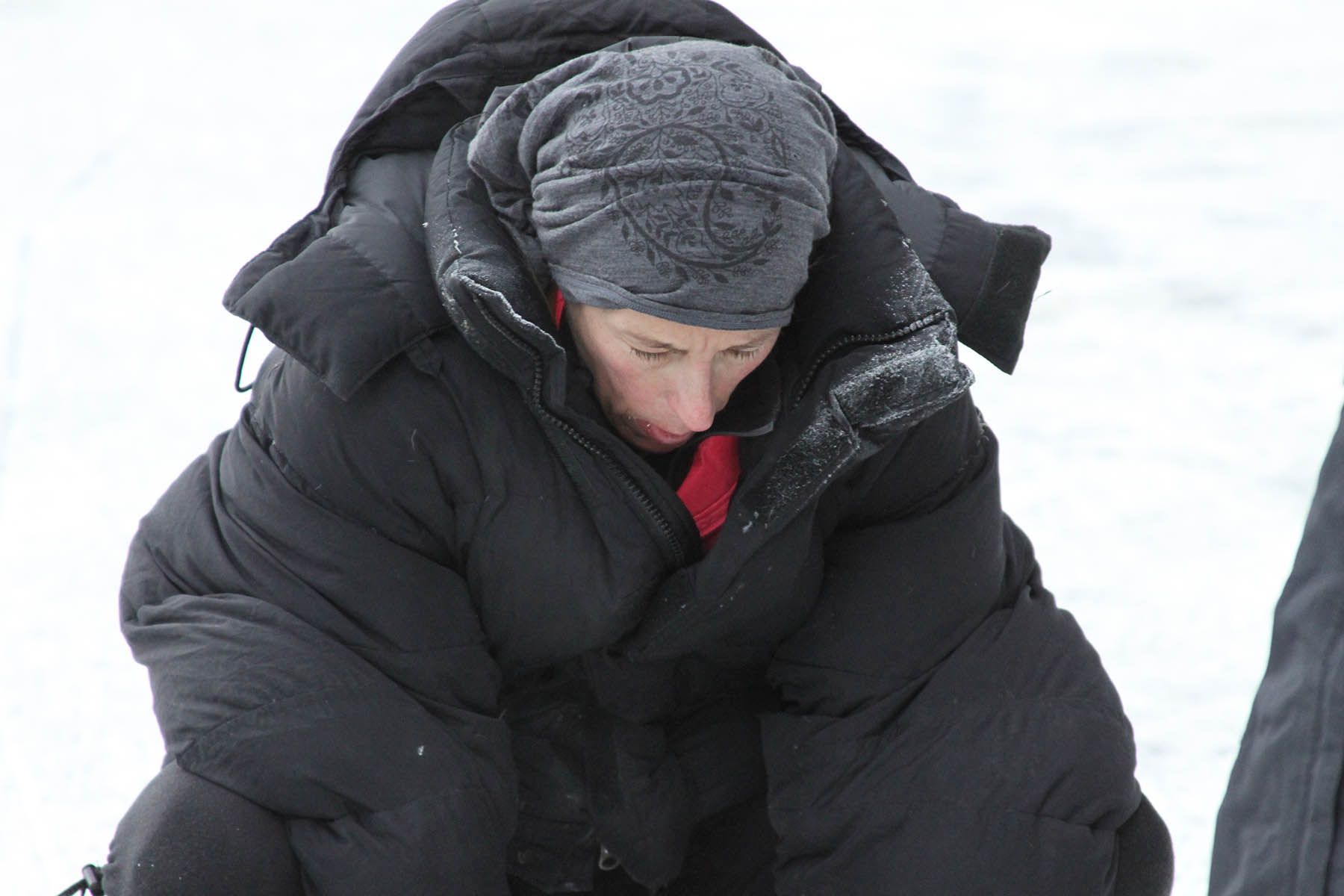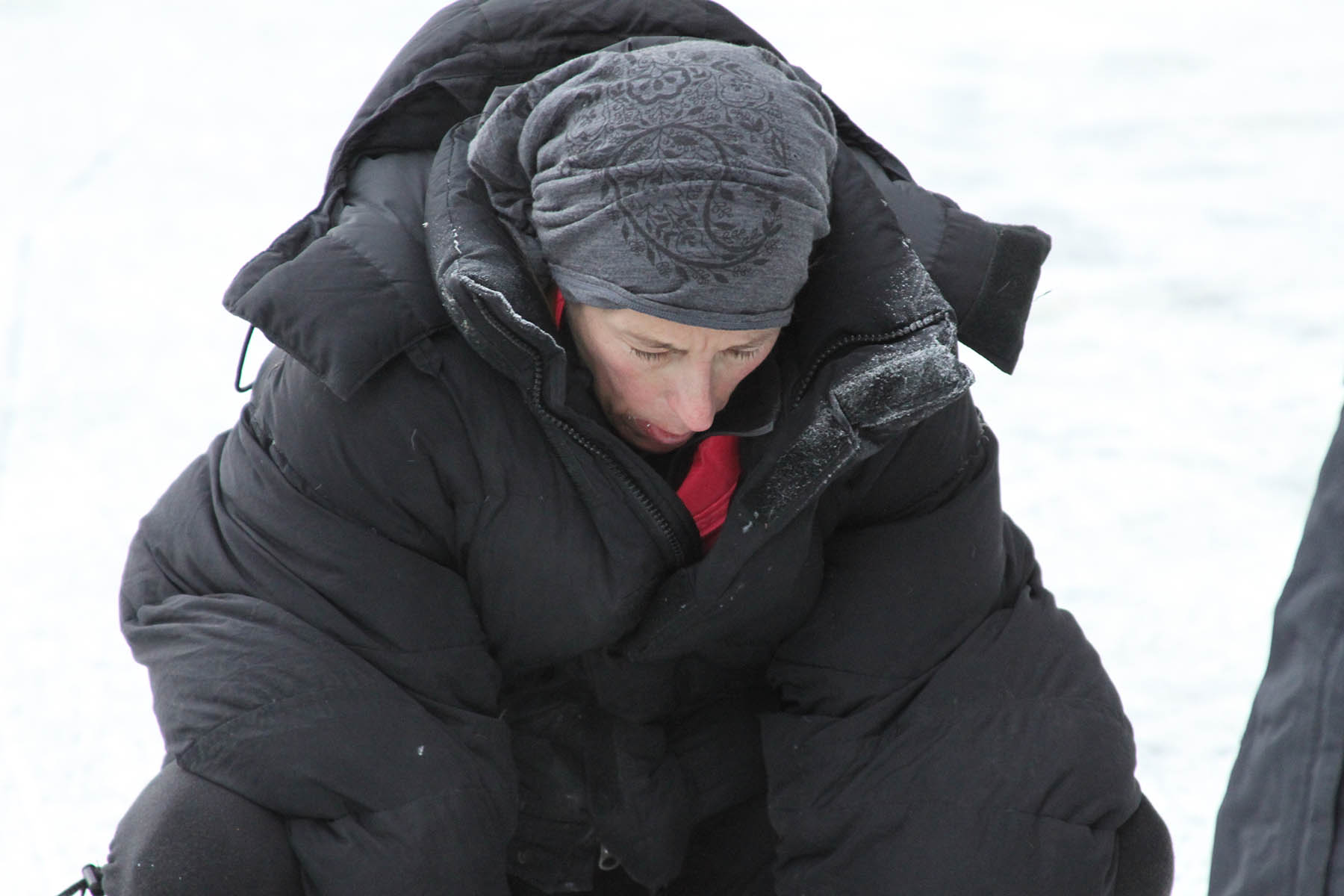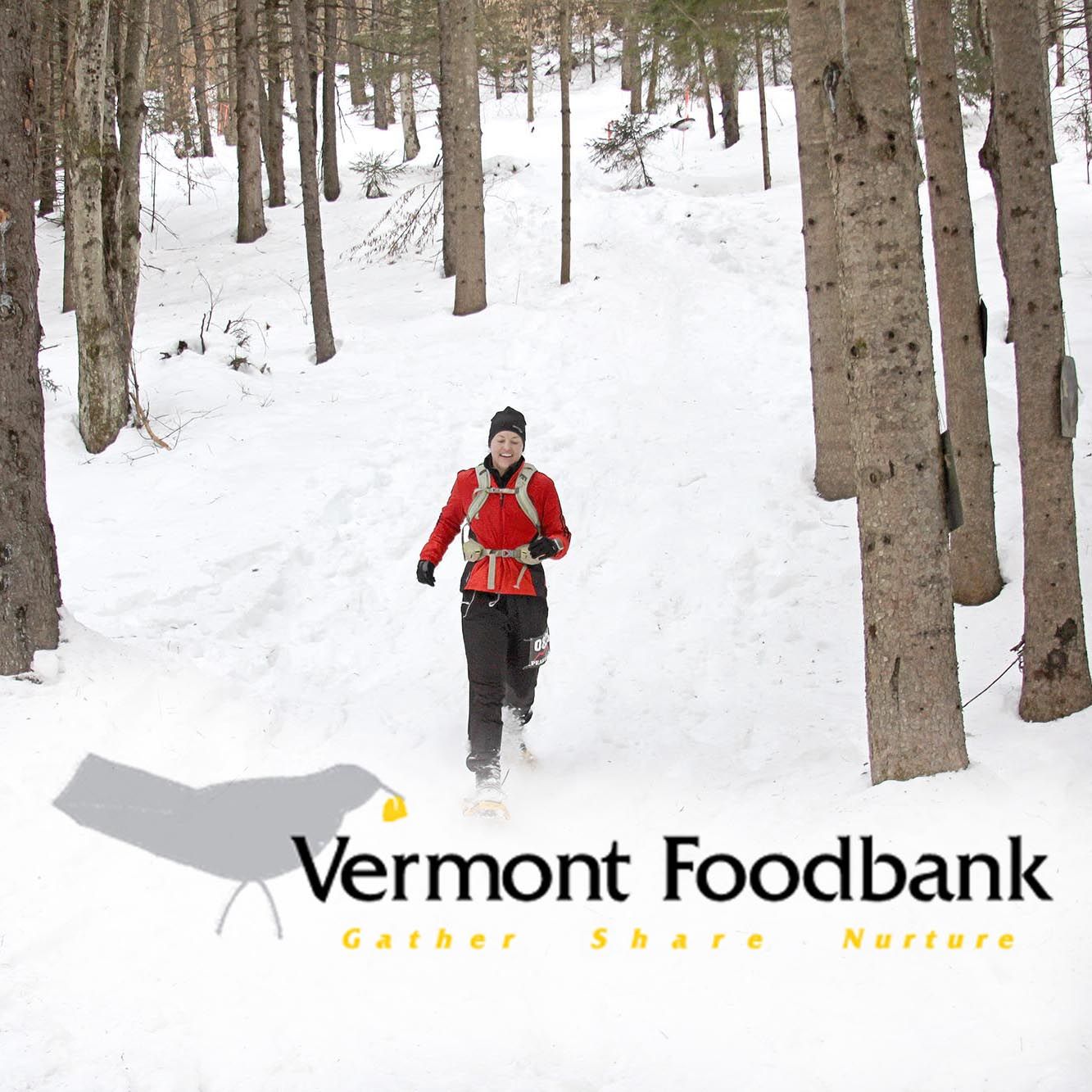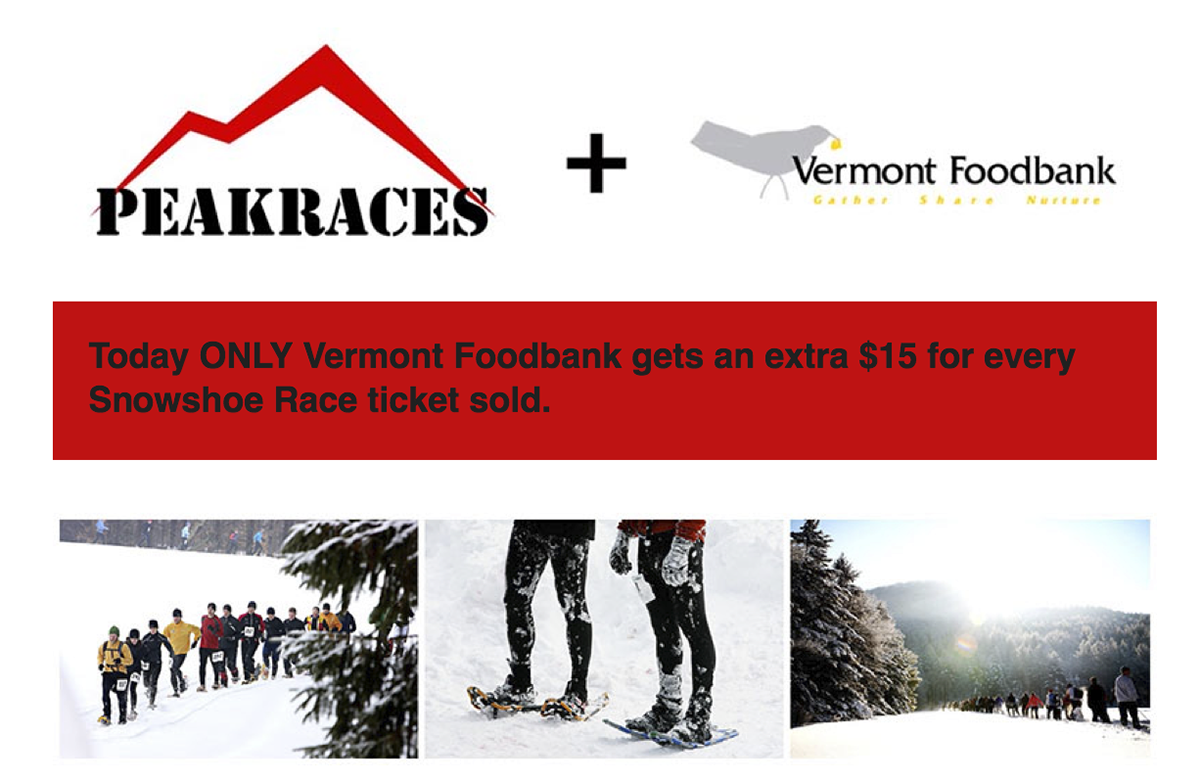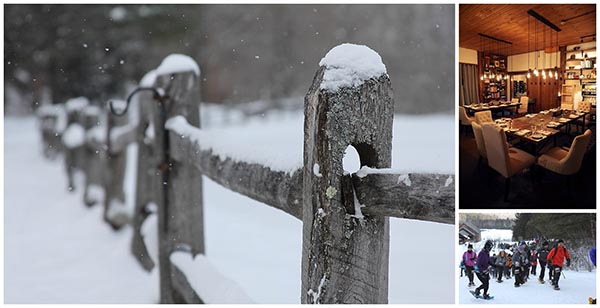From Novice to Snowshoe 1/2 Marathon
By Racer Russel Fink
Novice to 1/2 Marathon
As a guy who snowshoed twice in his life before completing a snowshoe
half marathon, I am not sure how qualified I am to give any advice or
expertise but I can share some thoughts I have learned through my
experience. Admittedly, there is nothing below that is earth
shattering advice but I came in as a novice snowshoer and had a great
time and I will share any little bit I can. The below is a short list
of what I would tell someone with limited snowshoe experience.

Don’t Be Afraid
1. Don’t be afraid — Snowshoes? Hills? Winter? Vermont? Yes, as a
suburbanite from Long Island, this all terrified me but don’t be
afraid. It is a new adventure and one worth doing. If you came across
this research, you have probably done some running races before so
just like anything, it is just jumping in and going for it.
Read This
2. Do your research. Many people have done the race before you and
have written race reports about it. Search the web — find those
reports and people — these first hand experiences can help you with
how to prepare and some race day tips. Don’t be afraid to reach out to
those people and ask questions (I emailed someone who I ended up
corresponding with for a while and she gave amazing advice)
Get Out In the Weather
3. Preparation is key. The race is hilly and the race is cold so dust
off that cold weather gear now and get out there and do some hills.
Yes, it’s dark, yes, it’s December, yes, it’s cold, but training is
what we love to do (right?!?!) so we get out there and do it
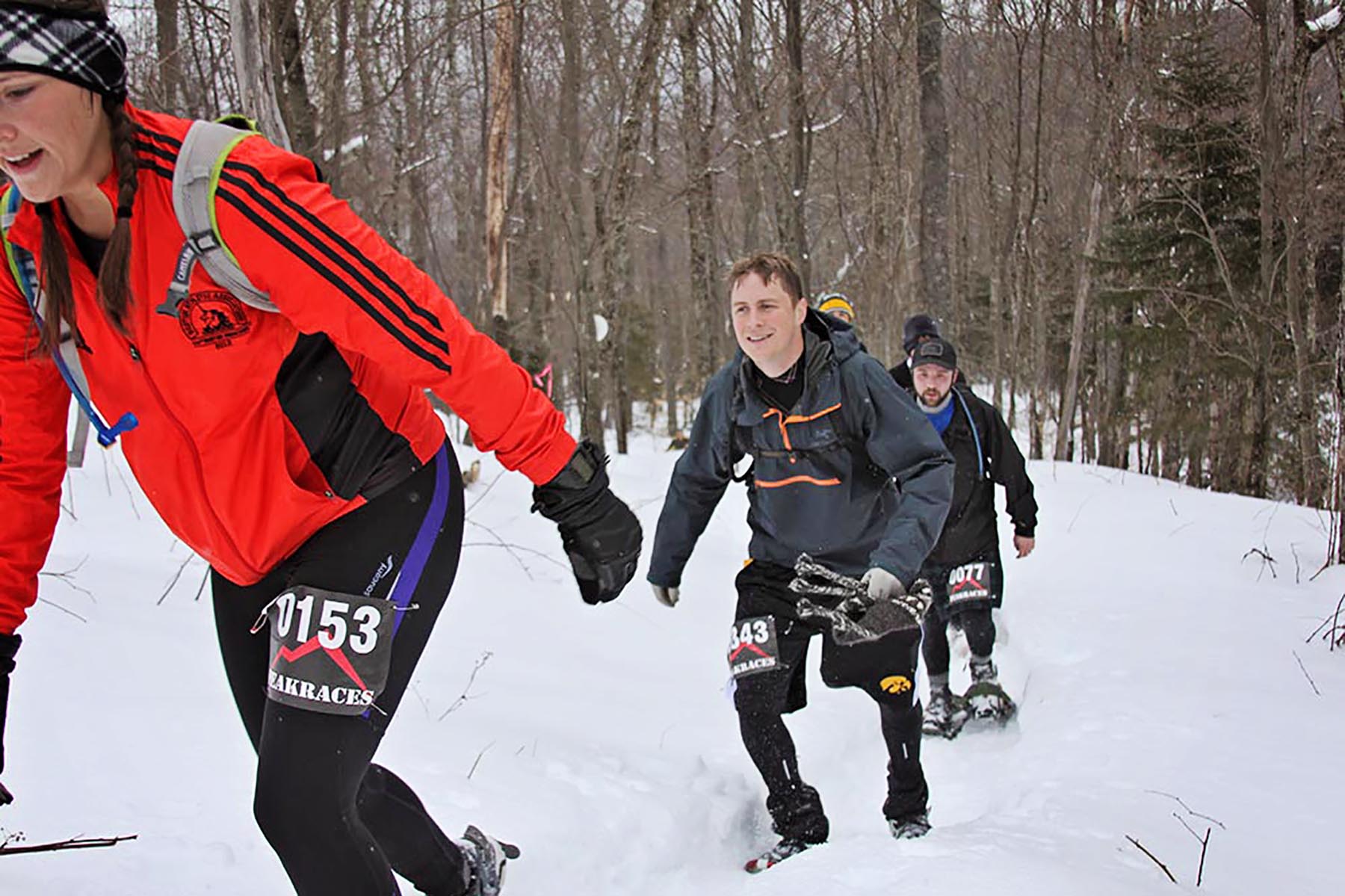
Bring a Friend
4. Bring a friend. With a very limited day and a half of snowshoeing
experience between us, my friend and I both came to to do the half
marathon (and this year we are going for the full), and having some
company is a great way to enable the experience. Nothing wrong with
going at it alone (everyone on the course is very supportive and
friendly) but a good friend and a shared experience bring another nice
element to your day — it can help you get through those tough
moments.
Don’t Overthink It
5. Don’t overthink it — This was my biggest issue – I had a backpack
filled with a week’s worth of food, supplies, backups, etc. It is
important to be prepared but even more important to be PROPERLY
prepared.
Pace Yourself
6. Pace Yourself – This race is hilly but that first hill is just
brutal — it goes up and up and up — don’t get discouraged but make
sure to pace yourself, you’ll get to the crest if you work at it but
make sure to take you time and breathe…
Enjoy It!
5 Enjoy it. What a clichéd statement but this race is an adventure
and one that not many people get to do so have fun. We did it, loved
it!
Feel free to come back to me with any specific questions and hope my information helps someone…
LEARN MORE ABOUT THE PEAK SNOWSHOE ULTRA, MARATHON & FUN RUN
READ: PREPPING FOR THE 100 MILE SNOWSHOE
READ: SNOWSHOE TRAINING: without snow, training naked & don’t be afraid of snowshoes
READ: ADVICE FROM A 5X SNOWSHOE MARATHONER
